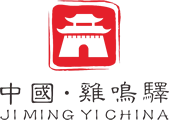Introduction
Jiming Pass City, located in Jiming Pass Village, Jiming Pass Township, Huailai County, Hebei Province, is the remains of a post station built during the Ming Dynasty. Its geographical location is 115°19′0″E, 40°27′0″N, with an altitude of 549 meters. In 1982, it was announced by the Hebei Provincial Government as a provincial-level cultural relic protection unit. In 2001, it was announced by the State Council as a fifth batch of national key cultural relic protection units, with the announcement number 5-0211-3-017, announced type as ancient architecture. It is currently one of the best-preserved, largest-scale, and most distinctive postal buildings in China. In 2005, it was included in the second batch of China's historical and cultural villages by the Ministry of Housing and Urban-Rural Development and the State Administration of Cultural Heritage. In 2003 and 2005, Jiming Pass was twice listed among the 100 most endangered world heritage sites by the World Monuments Fund.
Jiming Pass was initially built in the Yuan Dynasty. In 1219, Genghis Khan led his troops on a westward expedition, opening up a postal road on the main road leading to the west city and setting up a "zhan chi," or post station. By the 18th year of Yongle's reign in the Ming Dynasty (1420 AD), Jiming Pass was expanded into a major station for Xuanfu to enter the capital. During the Kangxi period of the Qing Dynasty, an official was appointed to manage the post station. In the eighth year of Chenghua's reign in the Ming Dynasty (1472 AD), an earthen wall was built around Jiming Pass, and in the fourth year of Longqing's reign (1570 AD), the city walls were rebuilt with bricks. The city wall has a total circumference of 2330 meters and a height of 12 meters, with east and west gates. Two-story towers were built above the city gates. A Yuhuang Pavilion was built in the middle of the city, and corner towers were built at the four corners. The east and west "horse roads" served as passageways for post horses, and the "Nan Guandao" to the south of the city was the main road for messengers to transmit orders. In the third year of Qianlong's reign (1738 AD), the city walls were repaired again, and a protective embankment was built to the east of the city.
In addition to the general functions of military and civilian post stations, the existing Jiming Pass City also includes a government office, a general's residence, a drill ground, a fodder yard, a post station warehouse, a post station school, and the Ma Shen Temple, which is related to the worship of the post station, making it a well-preserved ancient post station. Within the Jiming Pass City, the main roads follow a "three horizontal and two vertical" pattern. The entire northern part of the city is divided into 12 areas of varying sizes and shapes. Most of the important buildings are located along the first street, west street, and east street. The buildings within Jiming Pass form a number of courtyards. Courtyards are the basic units of the spatial sequence of Jiming Pass City. Their shapes, sizes, and orientations vary greatly. There are larger courtyards with strict layouts and clearly defined side halls, as well as many flexible small courtyards of ordinary houses and some large courtyards with multiple entrances.
Existing buildings can be divided into eight categories according to their architectural types: city walls and gates, government buildings, postal buildings, religious buildings, shops, educational buildings, residential buildings, and other ancillary buildings such as mills, jar houses, inns, and sheep shops. According to statistics, the buildings with existing murals are mainly religious buildings. The murals depict figures, landscapes, flowers, birds, auspicious beasts, etc., and are distributed in six places: Caishen Temple, Cheng Huang Temple, Guan Di Temple stage, Longshen Temple, Taishan Palace, and Wenchang Palace. The murals were all painted during the Qing Dynasty.
Most of the architectural murals in Jiming Pass are Taoist murals, forming an important part of the architectural environmental art of Jiming Ancient Post Station with their rich decorative art characteristics. These murals reflect the stories of the postal roads of Jiming Ancient Post Station and are products of the postal road culture. They are also important historical materials for studying the historical evolution and cultural value of ancient postal services. In addition, the inscriptions on the murals of the temples have distinctive characteristics. The painting techniques inherit the traditions and also make breakthroughs, with different painting styles. They are a great fusion of literati paintings, court paintings, and folk paintings of the Qing Dynasty. Looking at the murals of Jiming Pass, the combination of simple and elegant, concise and meticulous, colorful and ink-based styles have reached a high artistic level, fully reflecting that Jiming Pass was once a place where merchants gathered, information was frequently transmitted, and various folk customs and cultures were gathered. From the present ruins, it is not difficult to imagine its once glorious past.
Repair situation in recent years:
On December 12, 2008, the State Administration of Cultural Heritage and the Hebei Provincial Government jointly launched a comprehensive repair and protection project for Jiming Pass City. The project mainly includes: the overall reinforcement and protection project of Jiming Pass City Wall and the protection and repair project of cultural relics buildings within the city. The overall reinforcement and protection project of Jiming Pass City Wall started on April 15, 2009, and was basically completed in September 2011. The protection and repair project of buildings within Jiming Pass City includes: the restoration projects of Yuhuang Pavilion and Kuixing Tower, and the repair projects of 20 cultural relic buildings, including the Commander's Office, Post Station Master's Office, Post Station, Yongning Temple, Guan Di Temple stage, Desheng Stack, Pawn Shop, Li's Old House, and Meng's Old House. The project started in September 2011 and was completed in May 2014.
In 2012, supporting infrastructure projects were implemented. These include: underground passage reinforcement project, safety and fire protection facilities project, municipal engineering such as roads, street lights, water supply and drainage, and electrical transformation inside and outside the city, environmental improvement projects, and demolition projects affecting the main body of cultural relics and buildings that are not coordinated.
In October 2013, the State Administration of Cultural Heritage listed Jiming Pass Village as a pilot unit for the protection and utilization of ancient villages.
In September 2014, under the guidance of the Provincial Administration of Cultural Heritage, the traditional village implementation project of Jiming Pass Village was determined to include: temple repairs, water barrier protection and display, reinforcement of underground passages around key cultural relics, improvement of small streets and alleys around key cultural relics, and protection and repair display project of Majiadian.
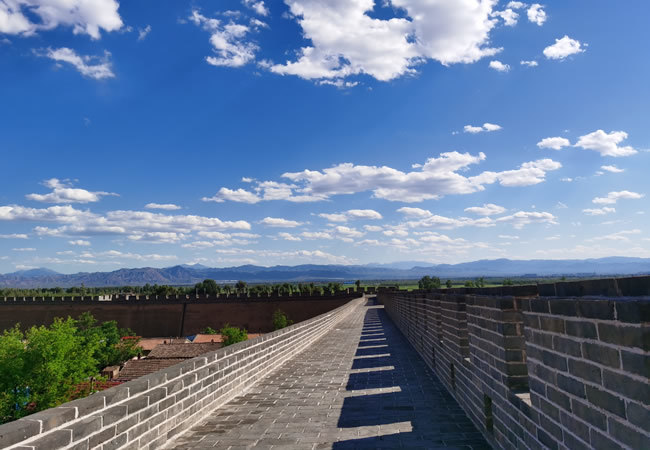 |
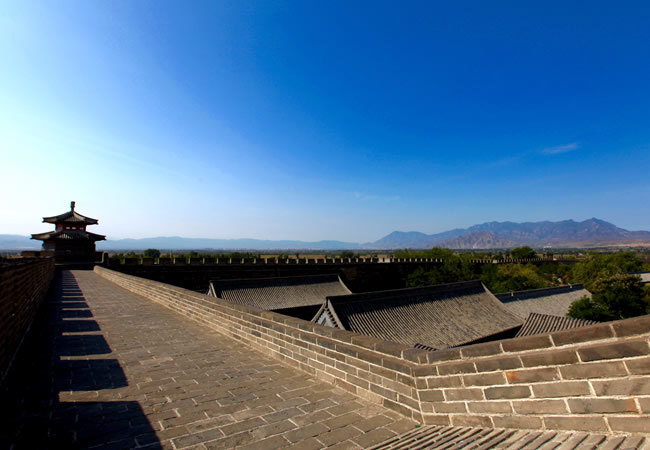 |
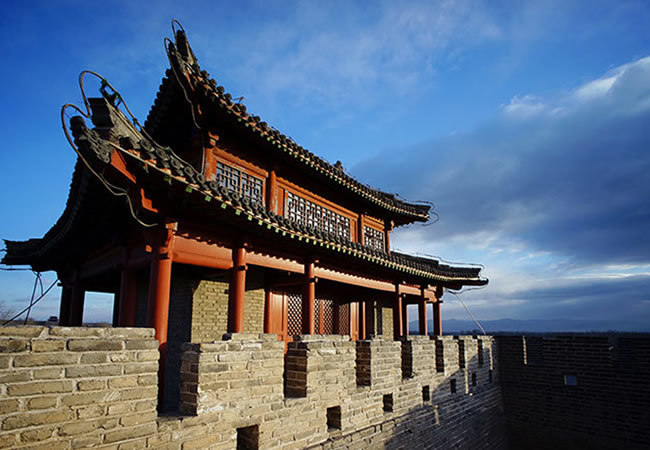 |
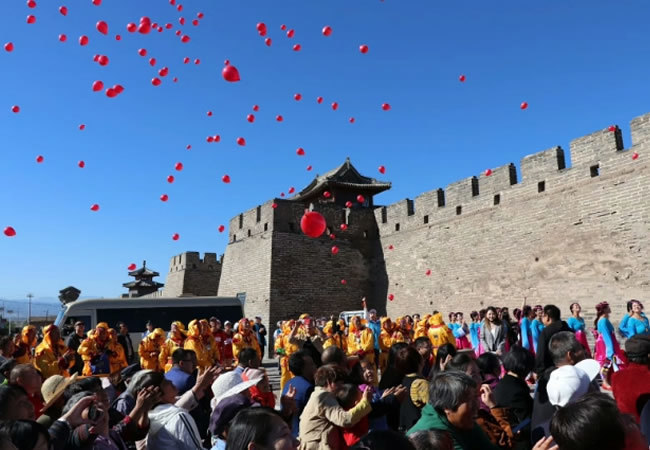 |
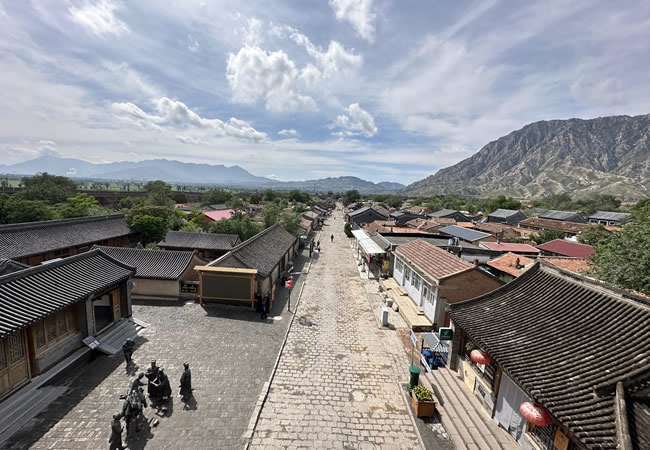 |
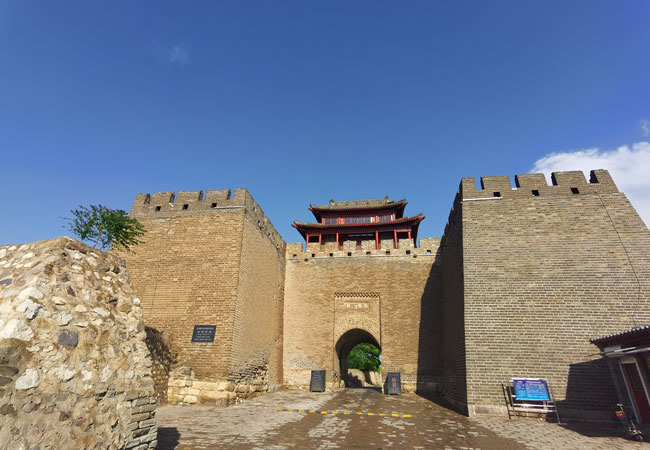 |
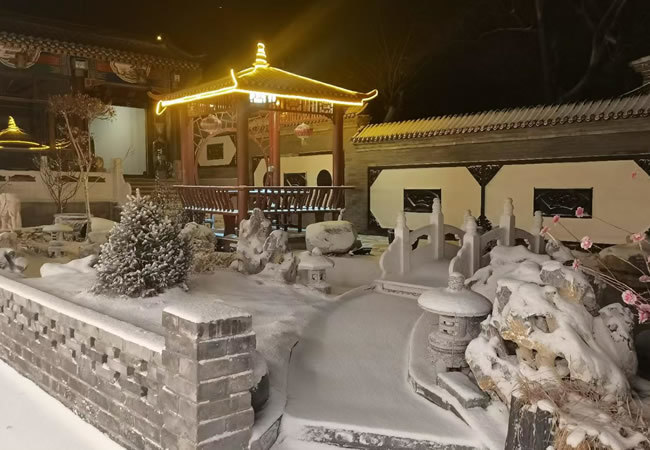 |
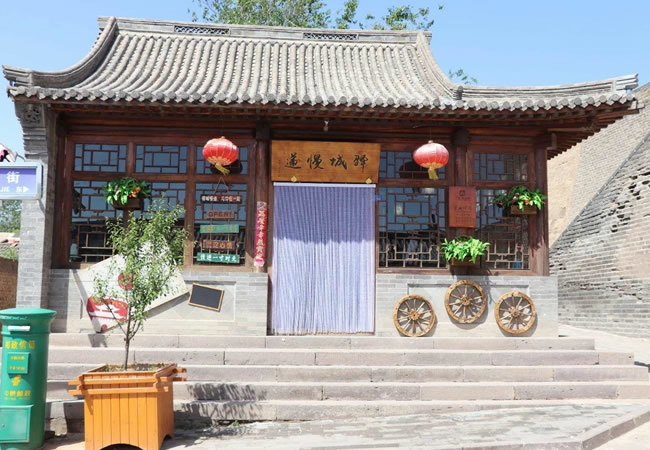 |

咨询热线:0313-6814580
营业时间:夏季 08:30-17:30
冬季 08:30-16:30
地址:河北省张家口市怀来县鸡鸣驿乡鸡鸣驿城
营业时间:夏季 08:30-17:30
冬季 08:30-16:30
地址:河北省张家口市怀来县鸡鸣驿乡鸡鸣驿城

微信公众号
